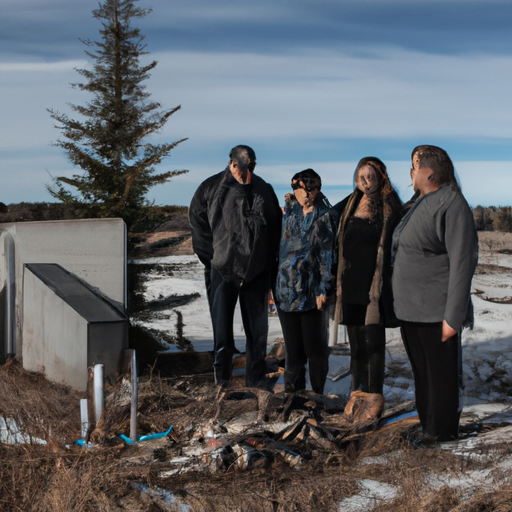Addressing Ontario’s Opioid Crisis: An Examination of the Kingfisher Lake First Nation Situation
In a sobering report by the APTN News, Ontario’s Kingfisher Lake First Nation community is highlighted as a concerning case study in the ongoing opioid crisis. This article sheds light on the overarching problem that has devastatingly impacted this isolated community and indeed, the whole of Canada.
The Gravitas of the Opioid Crisis
Despite being a seemingly isolated issue, the impacts of the opioid crisis ripple outward, negatively affecting whole communities and exacerbating social issues such as homelessness and crime. However, the situation in the Kingfisher Lake First Nation has proven that this crisis knows no geographical boundaries – afflicting both urban centres and remote areas. This community’s plea for assistance underscores the urgency to tackle the opioid crisis head-on.
The Ripple Effects of Opioids
Opioids don’t just affect the individuals who use them; they cast a wide net of effects that impact families, community support systems, and ultimately the economy. Here are a few key points from the article:
- The opioid crisis has led to a significant surge in crime rates as users often resort to illegal activities to fund their addiction.
- Communities are devastated as families are torn apart by addiction- with many children left homeless due to opioid-related deaths or incapacitation of parents.
- Public health resources are stretched thin in trying to manage not only the addiction treatments but also the ripple effects including infectious disease control due to shared needles.
- Many elderly individuals, despite being the most vulnerable, do not have access to essential health services and often fall prey to opioids misuse. This has led to an increased demand for emergency medical intervention and even death.
Government Response and the Necessity of Naloxone
In light of this crisis, the response from government agencies has been noticeably increased. One key measure discussed in the article is the introduction of Naloxone – a life-saving drug that can temporarily reverse an opioid overdose. Naloxone kits have been widely distributed in these communities, even in schools.
The opioid class action suit in Canada is another significant step towards addressing this health crisis. However, the fight against this devastating issue is far from over, particularly in communities like Kingfisher Lake First Nation where systemic problems persist.
On the Front Lines
Despite these efforts, there’s a dire need for more immediate and impactful actions. The article highlights that the local health centre is on the front lines of this battle, dealing with daily emergencies and trying to provide support and counseling where possible. Yet, due to inadequate facilities and resources, their ability to help is severely constrained. More support for these local centres is sorely needed.
Conclusion
While steps may be taken to combat the opioid crisis, the situation in Kingfisher Lake First Nation serves as a stark reminder that more must be done. The crisis affects every aspect of community life, increases crime, displaces the young and the old, and strains health resources to the limit.
Although the introduction of Naloxone kits has saved lives, the overall solution requires an integrated approach involving communities, health centres, and government agencies to effectively combat this scourge. Moreover, the unyielding efforts of local health centres cannot be overlooked and should be better supported to effect meaningful change in these communities.
One thing is clear. The opioid crisis is not an isolated issue—it’s a nationwide problem that requires nationwide solutions.


